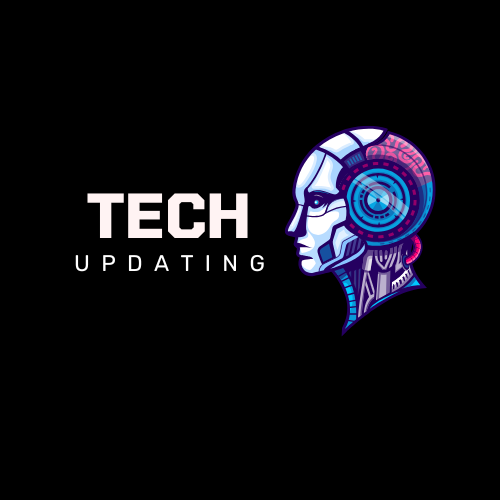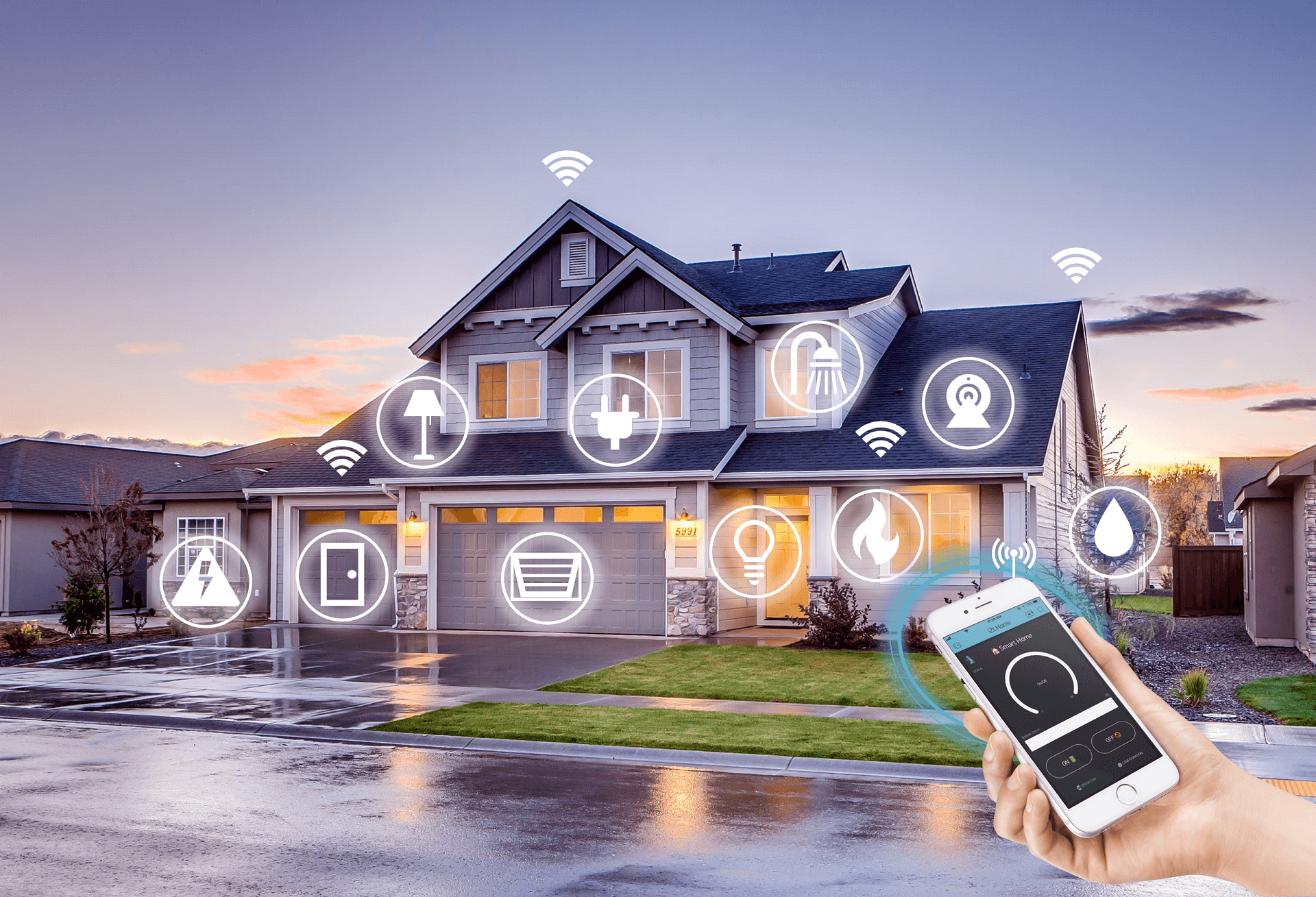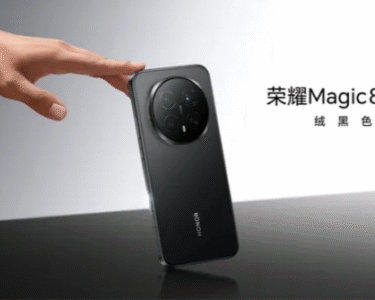Smart homes have come a long way in just a few years. In 2025, they are smarter, safer, and more convenient than ever before. Early smart homes focused on simple automation such as lighting or thermostat control. However, modern systems now integrate artificial intelligence and the Internet of Things (IoT). These technologies allow devices to communicate seamlessly, learning your habits and preferences automatically. Moreover, homeowners can now manage almost every function through smartphones or voice commands. The evolution of smart homes is redefining comfort, efficiency, and lifestyle in remarkable ways.
2. Artificial Intelligence at the Core
Artificial Intelligence (AI) has become the heart of connected living. In 2025, AI-driven systems analyze data to understand human behavior better than ever before. For example, smart assistants can predict when you’ll arrive home and adjust lights, music, and temperature accordingly. These systems not only make life easier but also save energy through predictive control. Furthermore, AI helps detect unusual patterns, improving home security and maintenance. Smart refrigerators, washing machines, and HVAC systems can now communicate, self-regulate, and alert homeowners of potential issues. Consequently, AI transforms homes into intelligent environments that respond intuitively to their occupants.
3. Voice Assistants and Hands-Free Control
Voice assistants have evolved from simple helpers to powerful household managers. Devices like Alexa, Google Assistant, and Siri now integrate deeply with every smart appliance. In 2025, homeowners can control everything from lights and locks to ovens and showers using voice commands. This hands-free control enhances accessibility, especially for seniors or people with disabilities. Moreover, multi-language and contextual understanding have improved drastically, making communication more natural. With smart speakers and displays in every room, voice control has become the main interface for connected living. This convenience turns daily routines into effortless interactions with technology.
4. Enhanced Security and Privacy Measures
Security has become a top priority for smart homeowners in 2025. Modern systems use biometric access, AI-based surveillance, and encrypted cloud storage to protect personal data. Smart cameras recognize familiar faces and alert homeowners about suspicious activities instantly. In addition, door locks can now verify identities through fingerprints or facial recognition. However, with greater connectivity comes the challenge of privacy. Companies have started integrating stronger encryption and transparent data policies. Users can now monitor data sharing and control permissions easily. These advancements ensure that convenience does not come at the cost of safety.
5. Energy Efficiency and Sustainability
Sustainability plays a major role in the future of smart homes. Connected devices monitor and optimize energy usage automatically, reducing electricity and water waste. Smart thermostats, lighting systems, and solar panels work together to create eco-friendly living environments. Furthermore, homeowners can track energy consumption in real time through mobile apps. AI-powered energy management systems predict usage patterns and adjust operations to minimize costs. Even smart appliances like dishwashers and washing machines run during off-peak hours to save power. As a result, smart homes in 2025 not only provide comfort but also support a sustainable planet.
6. The Future of Connected Living
Looking ahead, smart homes will become even more autonomous and personalized. Future systems will integrate emotion-sensing technologies to adjust environments based on mood. For instance, lighting and music may change automatically to boost relaxation or focus. Additionally, health-monitoring sensors embedded in furniture and wearables will track vital signs continuously. The data will help prevent medical emergencies and improve overall well-being. Furthermore, the integration of 6G networks will make communication between devices instantaneous and highly reliable. As technology advances, homes will evolve into intelligent ecosystems that anticipate needs before we even express them.
Conclusion
Smart homes in 2025 represent the perfect blend of convenience, safety, and sustainability. Artificial intelligence, automation, and eco-friendly innovations make everyday living effortless. Voice assistants, intelligent appliances, and enhanced security ensure that homes are not just smart but also safe and efficient. As technology continues to advance, connected living will become a natural part of modern lifestyles. The future of smart homes promises greater comfort, efficiency, and harmony between humans and technology. Indeed, connected living has never been easier or more exciting than it is today.




